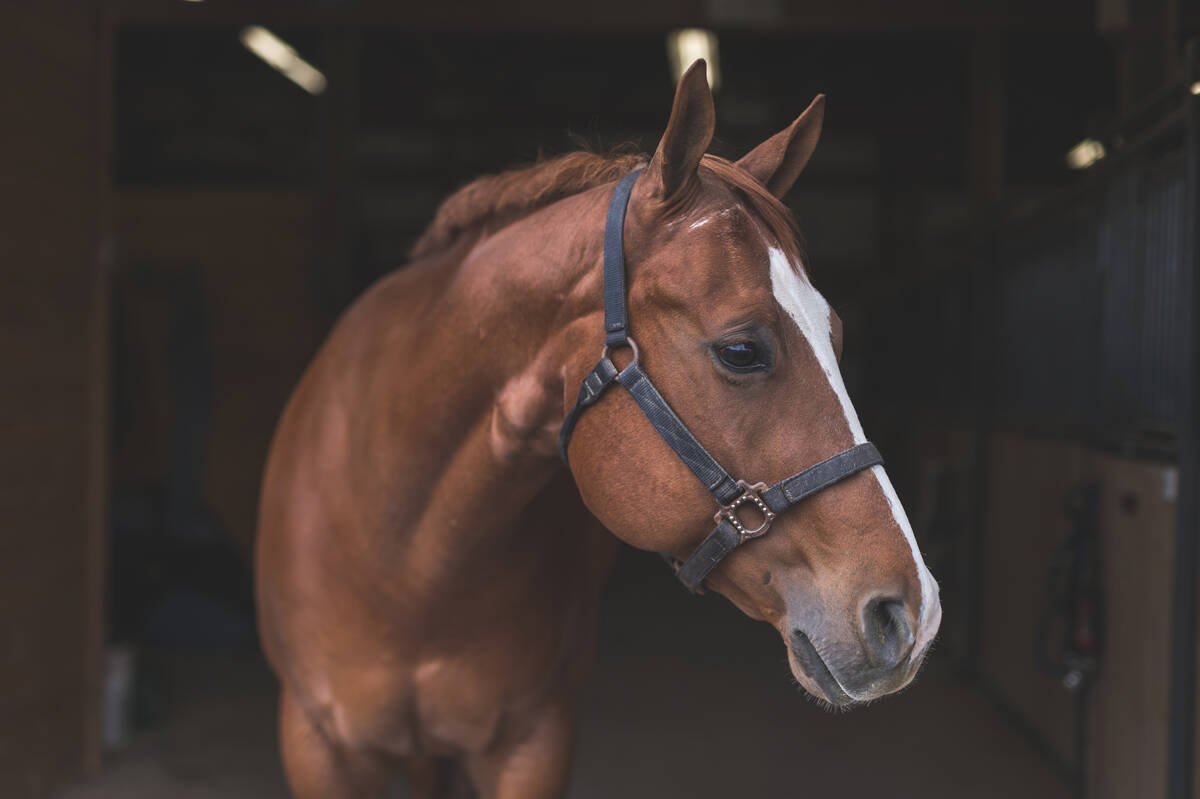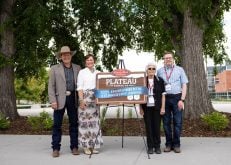“The Alberta sheep industry has a really bright future, with plenty of opportunity.”
It may not be the thing to say in cattle country, but there’s plenty of room for more sheep producers in Alberta and Canada. Better yet, there’s money to be made raising sheep, says Alberta Lamb Producers (ALP) executive director Margaret Cook.
In contrast to the beef and hog businesses, which rely heavily on sometimes-fickle export markets, Canada still only produces about half its needs for lamb. Cook says Alberta has about 100,000 breeding ewes in flocks ranging from a few grass-cutters to almost 3,000, but those sheep only produce enough lamb to satisfy about 45 per cent of the current market.
Read Also

Canada’s slaughter horse industry lacks transparency
Horse slaughter is a fraught issue right now in the Canadian livestock sphere. The author writes that, while it has a role, traceability, transparency and humane handling must be in play.
Across Canada the situation is similar, and the market continues to grow. Increasing ethnic populations are one reason, but even more important is that baby boomers have a taste for lamb. A recent government survey predicted a 40 per cent increase in demand by 2020.
Sheep have several advantages over other livestock, particularly lower startup costs and smaller land requirements. For grazing, six ewes are considered the equivalent of one cow. It’s reasonable to expect a ewe to raise twins, which results in greater meat production per acre than with cattle. And Cook says returns are faster with sheep than cattle. A ewe raising twins recoups her own cost with her first lamb crop.
FLERDS
Some producers graze sheep in “flerds” – a cross between a herd of cows and a flock of sheep. They say the system allows them to manage their grass better and reduces the worm burden on the sheep. Some say a single sheep for each cow doesn’t affect the grazing needs of the cattle because cows and sheep graze differently.
Sheep do need some special care and are more work than cattle, but they are less capital intensive. They need to be protected from predators such as coyotes and dogs running wild. Lamb producers advise using guardian animals, generally guard-type dogs, but some people have success with llamas and donkeys. Cook has heard coyotes are becoming more of a problem with some of them becoming quite aggressive. Some producers claim sheep kept with cows gain some predator protection.
Mixing cows and sheep can be interesting – as anyone who’s ridden a horse through a cow herd that’s not accustomed to horses will assure you. The best advice seems to be to introduce them in a relatively small area and keep them together until they get used to one another and even bond somewhat.
WOOL NOT A MONEY-MAKER
Sheep must be sheared every year, unless you choose a hair type. The market for wool is generally poor, but a few buyers pay enough to pay the costs of shearing. It can be difficult to get a shearer for a small flock. But, the ALP put on two or three shearing training sessions each year. Sheep health can be a problem, but they’re animals that need preventive health care rather than treatment once they are sick.
Like cattle, sheep require a unique identifying tag before they leave their farm of origin. But the tag doesn’t have to be RFID until 2012.
Cook is presently working on a pilot project that’s assessing the costs and identifying any issues as well as looking at the benefits of an RFID system. “You can automate quite a bit of your management,” she says. “An RFID system can work with an electronic scale, and a sorting system to allow you to sort automatically by weight or by any management records you have in your computer. The benefits look quite significant, especially for a bigger producer.”
The key to making money from a sheep operation, Cook says, is identifying your market and developing your flock and management system to match that market’s requirements.
Markets include Sunterra in Innisfail, which has a federally inspected plant. Other markets include consumer-direct plants using provincially inspected plants, and several buyers who are in the market for lambs and older breeding stock.
“The Alberta sheep industry has a really bright future, with plenty of opportunity,” says Cook. “As the industry expands, with new producers, and current producers expanding, the availability of breeding stock is one of our biggest issues.”














